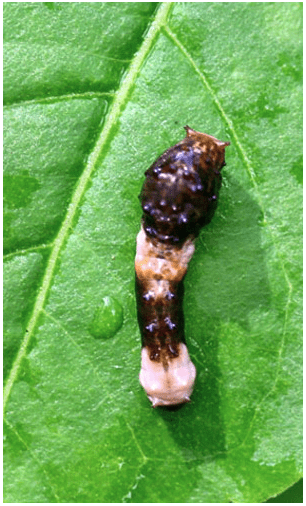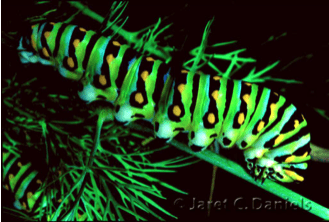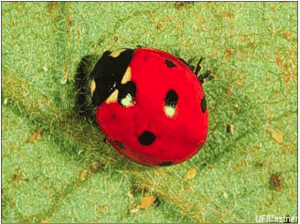Many of us have heard from professionals that it is important to correctly identify pests. There are several reasons for this, but is safety one of them? Pest identification is the first step of an integrated management strategy or integrated pest management (IPM) program. If you are curious how pest identification and IPM can lead to improved levels of safety in regard to pesticide application, please read more!
What is a Pest?
Before we can get into our discussion we must ask ourselves the most basic of questions, what is a pest? A pest is essentially any organism that negatively affects humans or human activities. Many organisms we consider pests are simply in the wrong place at the wrong time. For example, I would not consider a swallowtail butterfly a pest. They are beautiful! However, I may feel otherwise if the larvae were eating my citrus or dill. If an insect was negatively affecting my garden I would consider it a pest.


Remind me, What is IPM?
If insects or weeds popped up in our gardens we look for ways to manage those pests. Integrated Pest Management (IPM) is an informed selection and implementation of pest control measures based on environmental, economic, and sociological consequences. More simply put, it is the use of several strategies in combination to manage pests cost-effectively for the long term. This can involve combinations of cultural, mechanical, biological, or chemical control. It starts with determining what pest we are dealing with. The proper identification will provide information about the pests’ lifecycle. Knowing how the pest grows and what it eats will help make a well-rounded plan for reducing the negative impacts of the pest. Mistakes in identification can lead to poorly chosen management tactics which would waste time and money. Now let’s try to answer our question, Does Pest Identification Contribute to Safety?

How Does Pest Identification Contribute to Safety?
The process of designing an effective IPM program from pest identification to action will require applicators to consider many aspects of the system they are working in. This reflective process will assist in selecting the most effective and least risk strategy. It also ensures that if a pesticide strategy is selected the applicator will carefully consider their options. They may need to rotate products to prevent the development of pesticide resistance. Read more about pesticide resistance in our previous blogs “A World Without Pesticides” and “Pesticide Resistance“. Additionally, when applicators go through this thought-provoking process they can plan for the PPE they will need. This is better than selecting something on the spot and potentially being unprepared. Applicators may also consider carefully the non-target organisms that may be affected by their approach and minimize any unintentional side effects. So, yes! Pest identification can ultimately lead to safer pesticide application activities.
Additional Resources
NPIC: How to Identify Your Pest
Purdue Extension: Pest Identification
UF EDIS: Ladybeetles
Source: UF/IFAS Pest Alert



